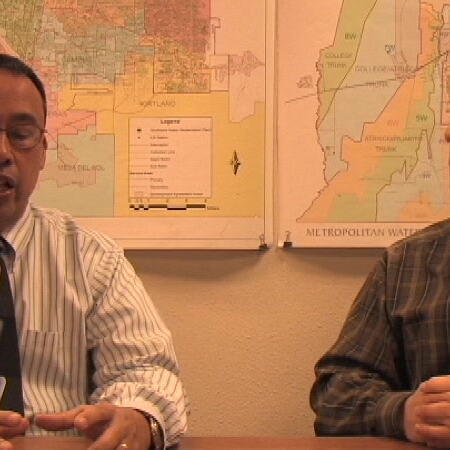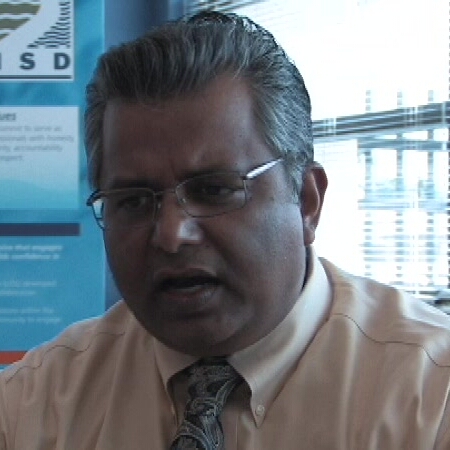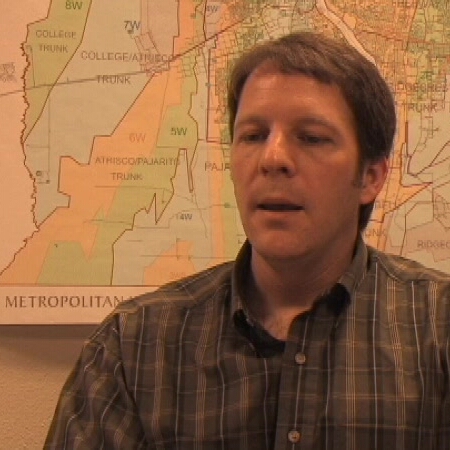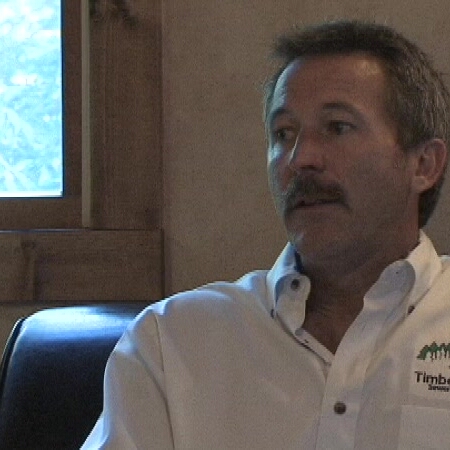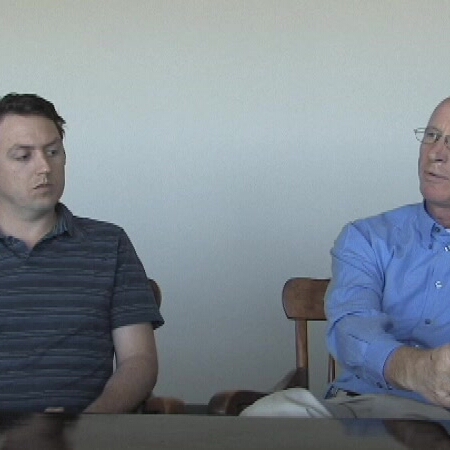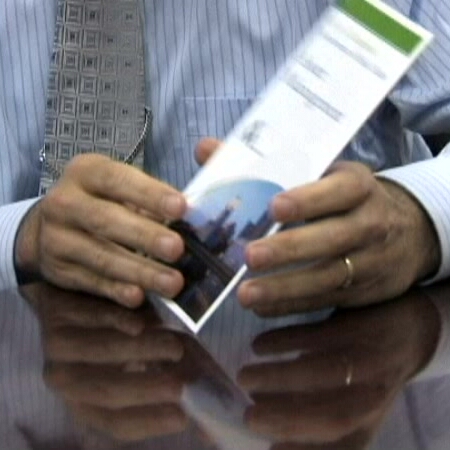There are two basic types of communication that you should address-internal and external-and each of these corresponds to different audiences and different needs.
Internal communications are communications up and down the chain of command within your organization and across different departments within the utility. Internal communication is often direct and informal and usually contains very specific and detailed information. However, communication with governing bodies may take on the character of external communication since these people are usually not concerned with the details of day-to-day operations. The City Council will be interested in the fact that you are saving money by implementing a preventative maintenance plan. The operator needs to know the specific details of the plan such as the actual schedule for changing the oil in a pump. Thus, they are being given different levels of information about the same program. This is not just a difference in the amount of information that is being given, but also a difference in the kind of information.
External communications are communications with your
customers and stakeholders and with the entire community
served by your utility. These communications will be usually
more general and often take on the character of "PR" or advertising.
This is not a negative connotation. Most of your customers are not
versed in the inner workings of your organization and will need to
have important ideas and facts conveyed in terms that are meaningful
to them. It is not important for your customers to understand the
specifications for new sewer lines. It is important for them to
understand the need for the lines, the impact of the project on
their rates and how the installation will affect them.
What is important to understand about the distinction between these two types of communication is that not only will you want to communicate different kinds of information externally than you communicate internally, but you may want to use different
methods of communication. For instance, you may publish a brochure to communicate with your customers, but use a memo or meeting to communicate with your operators. This is not to say that you might not use the same methods for both audiences, but that it is important to consider not just the information you want to communicate, but also what might be the most effective way to communicate it.
Some of the methods of communication that the utilities interviewed for this manual have found effective for external communication with customers and stakeholders are:
- Brochures
- Door Hangers
- Plant tours
- Water fairs and sustainability fairs
- Public meetings
- Telephone surveys
- Articles in newspapers
Some of the methods useful for internal communications are:
- Emails
- Phone calls
- Brochures
- Posters
- Memos
- Staff meetings
No one can tell you what will work in your community. You know your employees and your customers better than any outside entity providing advice to you. The only limit is your creativity and that creativity is inspired by your desire to make your utility efficient and your community a better place to live.
